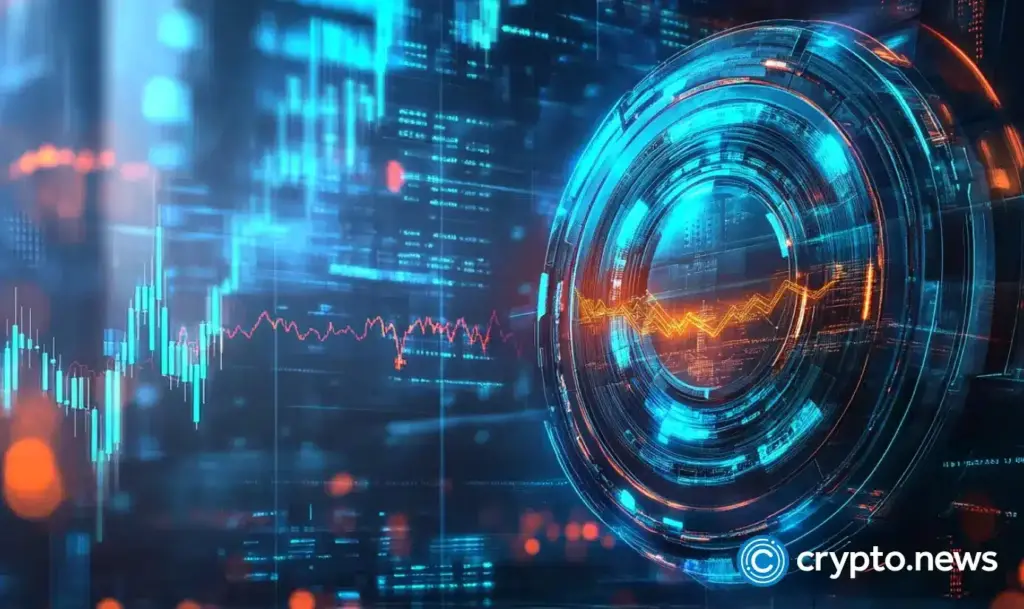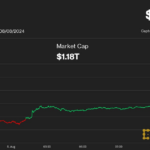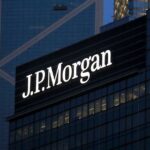
Disclosure: The views and opinions expressed here belong solely to the author and do not represent the views and opinions of crypto.news’ editorial.
In 2011, a 9.1 magnitude earthquake struck the seafloor of Japan, causing a massively destructive tsunami. In the following days, Japan’s Nikkei stock market fell by 6.2%, reflecting the market’s reaction to an unprecedented disaster.
Thirteen years later, cryptocurrencies, which have surged in popularity, face criticism for their extreme short-term fluctuations, often perceived as even more volatile than traditional stocks. While this volatility can appeal to some risk-tolerant investors seeking high rewards, it represents a red flag for more loss-averse, conservative traders.
However, as outlined above, the situation with the Nikkei highlights a shifting narrative. Increasing economic uncertainties and market disruptions have led to a heightened price variability in stock markets, sometimes rivaling that of cryptocurrencies.
For instance, since the beginning of August, the Japanese stock market experienced its biggest one-day drop since 1987, with the US also seeing the Dow Jones fall by more than 1,000 points. These significant declines highlight the growing unpredictability in mainstream markets, reflecting broader economic uncertainties and market disruptions.
Now, investors are left questioning: Are the volatility risks associated with defi truly worse than those associated with traditional investing?
Historically, classic investing options like purchasing real estate or stocks and bonds have been viewed as a cornerstone of a stable financial plan and are often considered less volatile than cryptocurrencies due to their backing by tangible assets and earnings of the companies they represent. Yet, the recent trends in global markets suggest this stability is being questioned.
The upcoming 2024 presidential election in the United States is forecasted to throw in an additional layer of uncertainty. Political developments can heavily impact financial markets, influencing investor sentiment and contributing to market instability. The growing volatility of stock markets is compounded by various factors like trade conflicts, changes in interest rates, and inflation concerns that contribute to market turbulence, leading to rapid and often unexpected fluctuations.
Given the rising uncertainty in traditional markets, some investors are reevaluating if the risks associated with defi are worth taking. This is especially true as new developments in the sector rise in popularity.
Restaking, for example, is a concept that enhances capital efficiency by allowing assets like Ethereum (ETH) to be utilized more effectively across various networks. Pioneered by EigenLayer, a protocol built on Ethereum, this concept involves letting users take ETH staked within Ethereum and then “restake” it beyond the primary blockchain, unlocking additional utility and earning potential while maintaining its security and value.
While some critics have raised concerns about financial stability and technical risks associated with restaking, it is important to approach these advancements with an open mind. Recently, the web3-focused VC firm DFG published a report highlighting the significant potential of restaking and liquid restaking, an offshoot of the sector that has grown exponentially alongside it. The report highlights that, despite the critiques, the sector’s innovations are reshaping financial models and offering new opportunities for staking to contribute meaningfully to the growing defi space.
Embracing these advancements with a balanced perspective while keeping in mind the inherent risks could provide a path forward for investors seeking new opportunities in an evolving financial landscape. The developments emerging from the defi space have the potential to unlock different avenues and attract a new wave of investors eager to explore the benefits of a dynamic and adaptive investment environment.



